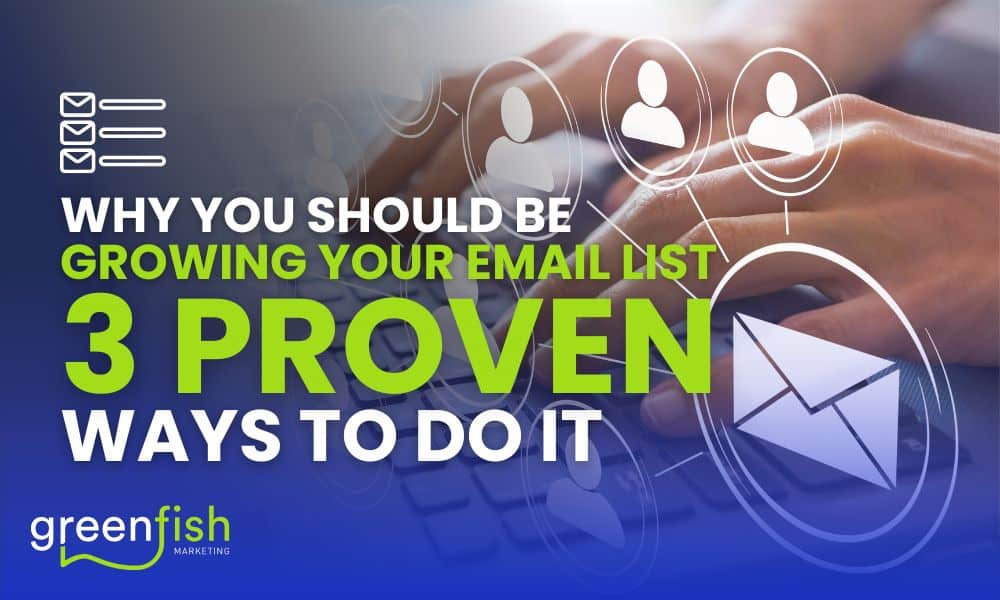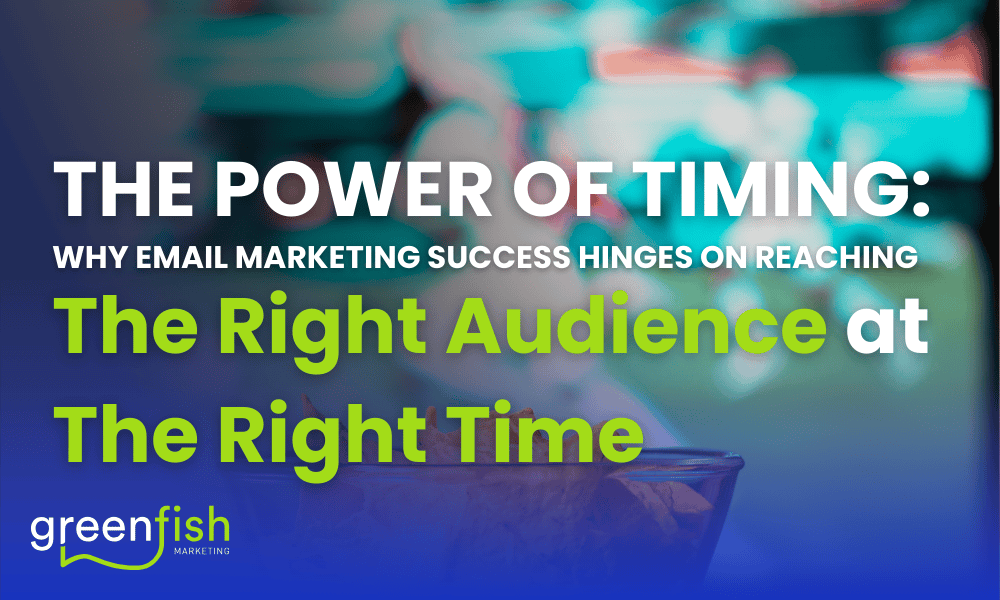2024 is well underway and significant changes are on the horizon for email communication.
Google and Yahoo, are implementing authentication requirements and spam prevention changes, beginning to take effect in February 2024.
YOU NEED TO ACT NOW.
These changes ensure you stay relevant in the evolving landscape of email communication.
*Note: These changes do not impact businesses who already have DKIM and DMARC set up.
Understanding the shift: Google’s requirements
Best practices for bulk email senders are now *required* practices for Google and Yahoo delivery. Google and Yahoo, are implementing authentication requirements and spam prevention changes, set to take effect in the first quarter of the coming year.
Google has outlined requirements slated to take effect beginning February 2024, impacting all senders, particularly bulk senders. Simultaneously, Yahoo is introducing a parallel set of requirements. These changes are designed to enhance deliverability, build trust and credibility, avoid spam filters, optimise sender reputation, and ensure uninterrupted communication.
What You Need to Know: Gmail’s Authentication Mandate
- Enable email authentication: One key aspect of Google’s requirements is the necessity for senders to set up DKIM email authentication. In addition to DKIM, a basic DMARC record will now also be required. We show you how to set this up below. While it’s highly encouraged that all senders set up DKIM and DMARC, there are greater implications on deliverability for bulk senders. Note, these changes do not impact customers who already have DKIM and DMARC set up.
- Transition from @gmail to your own domain: To align with upcoming email authentication and spam prevention changes, it’s vital to discontinue the use of @gmail.com addresses in the sender’s email. Transitioning to a domain you own is strongly advised for seamlessly setting up authentication and complying with evolving standards. For customers without a current domain, acquiring one as soon as possible is recommended.
- Make it easy for people to subscribe. This is basically saying that it needs to be a 1 click unsubscribe process. Some email sending platforms are adding this feature for you. If not, gone are the days that people need to click multiple buttons to unsubscribe.
- Keep spam complaints lower than 0.1%: To prevent recipients from being spammed with unwanted or irrelevant messages, Google is enforcing a spam rate threshold requirement. Starting in February, keeping spam complaints below 0.1% will be a mandatory requirement for senders.
How to set up a simple DMARC on your domain:
Login into the domain DNS and add the following TXT record.
Type: TXT
Host/Name: _dmarc[dot]yourdomain[dot]com
Value:
v=DMARC1; p=none; rua=mailto:dmarc-reports@yourdomain.com
We would also recommend setting up an email or sub-email of: dmarc-reports@yourdomain.com, as you might need to edit or view these records and reports in the future.
To see Google’s set breakdown click here.
Setting up designated sending from your email provider, this is for businesses sending more than 5000 emails at once, this includes transaction emails as well.
Depending on the system that you use for sending emails you will need to add some additional records to your domain.
Please see links below for ActiveCampaign, Klaviyo and Mailchimp.
Should you need any help getting everything sorted, please don’t hesitate to reach out.




